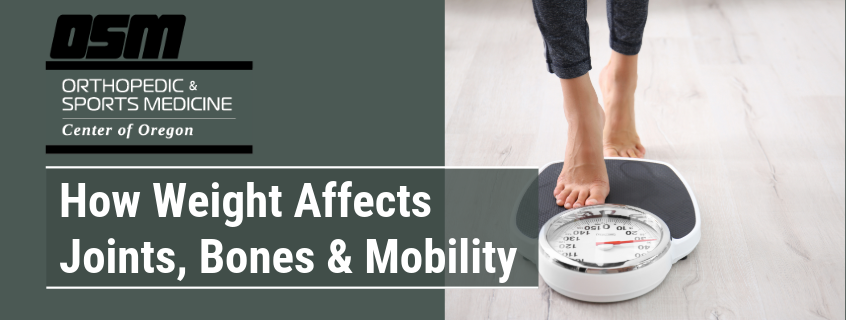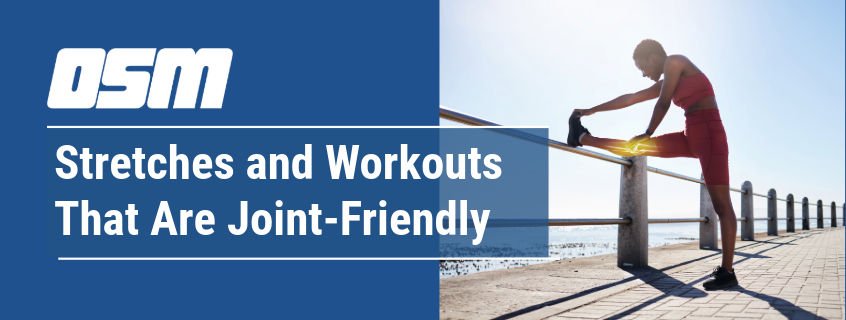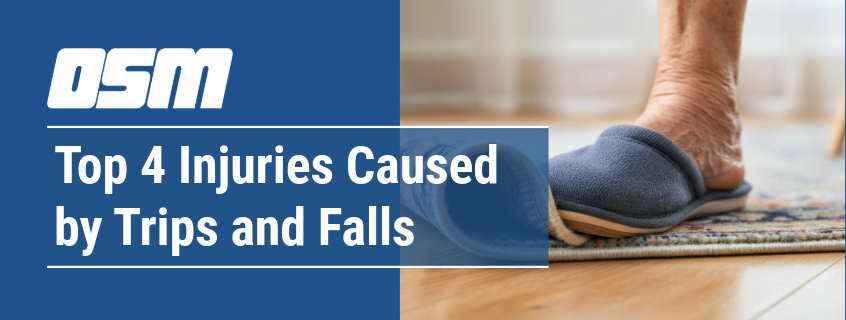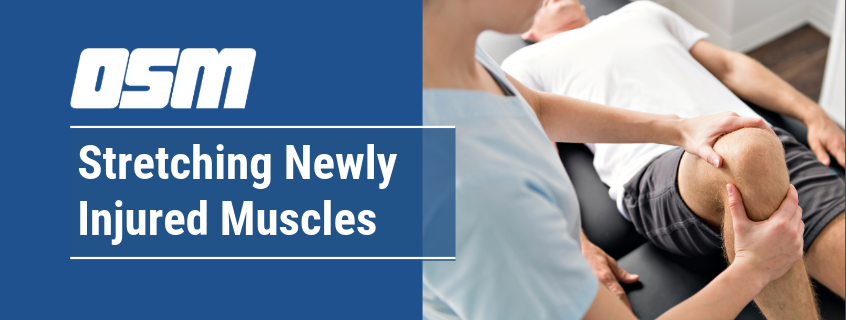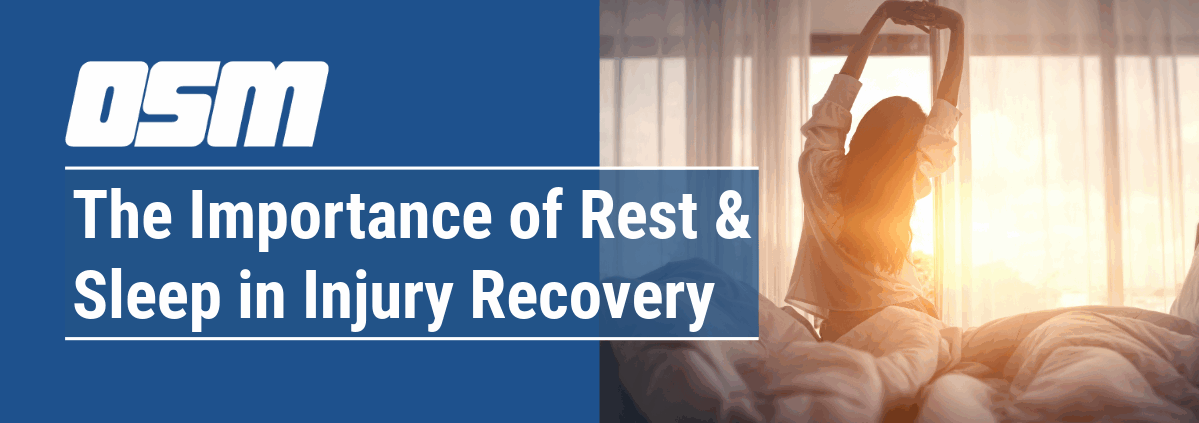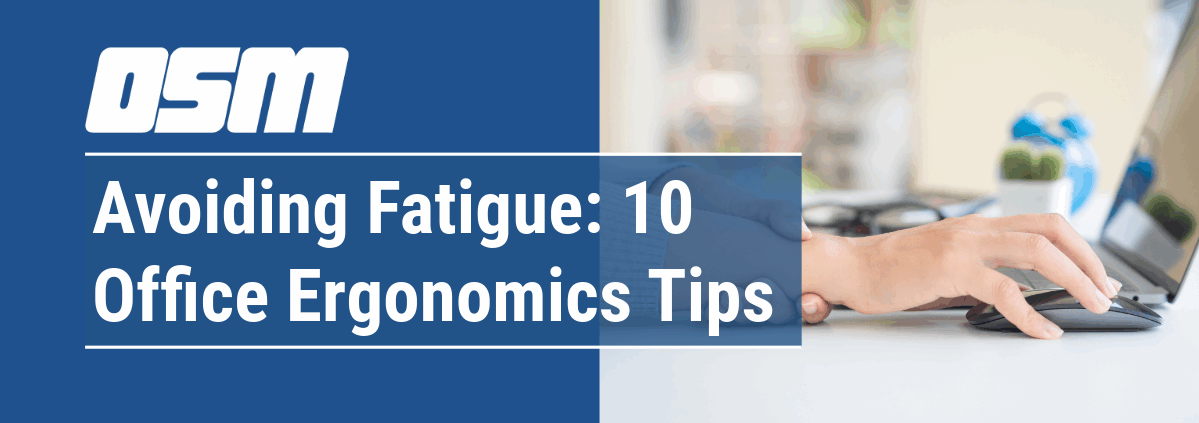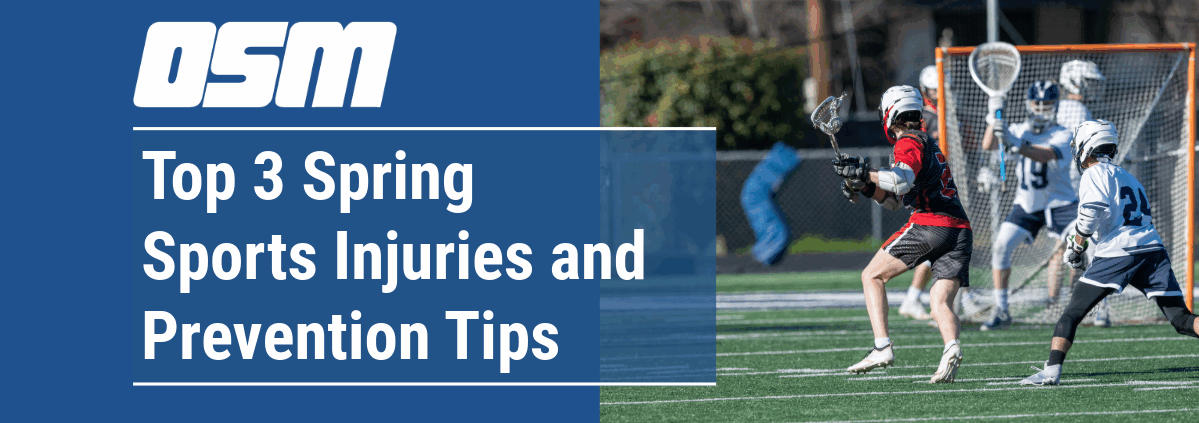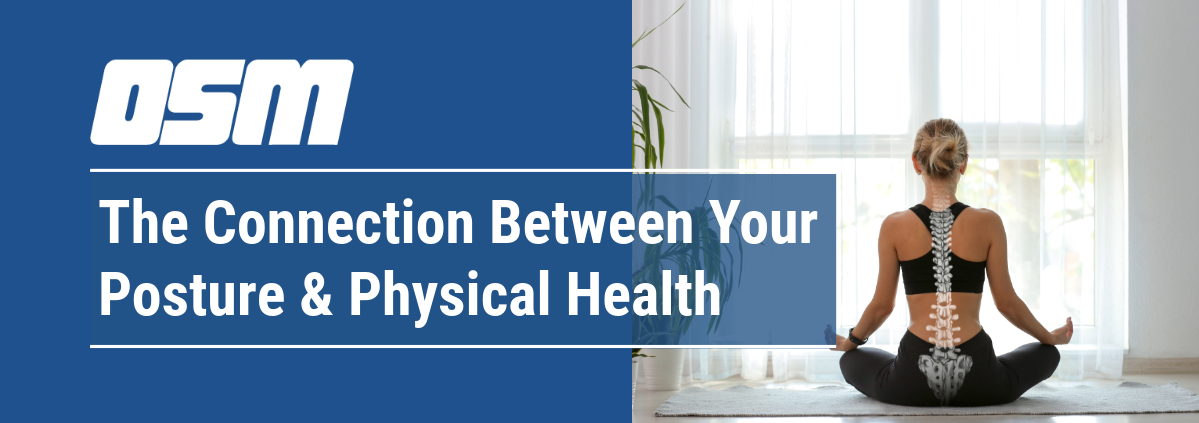How Weight Affects Joints, Bones & Mobility
Article featured on Orthopedic & Spine Centers of Wisconsin
Carrying extra body weight can have a profound impact on your orthopedic health, leading to painful conditions, reduced mobility, and an increased risk of injuries. Understanding how those additional pounds can affect your musculoskeletal system is the first step towards taking control of your long-term joint and bone health.
The toll of excess weight on your orthopedic health
When you’re overweight or obese, the added force and stress placed on your body’s joints, especially in high-impact areas like your knees, hips, and ankles, can quickly take a toll. In fact, research shows that for every one pound of weight gained, there is an additional four pounds of force exerted on the knee joint.¹ Over time, this excess strain accelerates the breakdown of protective cartilage, drastically increasing your risk of developing painful and debilitating conditions like osteoarthritis.
The problems don’t end with your joints, either. Carrying extra weight also impacts your bone health, making you more prone to fractures, especially in the spine, wrists, and ankles.² According to studies, obesity is linked to a higher risk of fractures, as the additional weight makes bones more susceptible to cracking or breaking.
The downward spiral of weight, pain, and reduced mobility
As the orthopedic problems stemming from excess weight worsen, it can more difficult to stay active and maintain a healthy lifestyle. Debilitating joint pain, stiffness, and limited range of motion can make even the most basic daily activities – walking, climbing stairs, or simply getting up from a chair – incredibly challenging.
This decreased mobility further contributes to weight gain, creating a vicious cycle that’s difficult to break without addressing the root cause. In fact, studies show that around 30% of adults with obesity also report mobility limitations.³ The more excess weight you carry, the harder it becomes to stay physically active and manage your orthopedic health.
Taking control of your orthopedic health through weight management
The good news is that by taking steps to manage your weight, you can alleviate much of the strain on your bones, joints, and overall mobility. Even modest weight loss of 5-10% of your body weight has been shown to significantly reduce the load on your joints and lower your risk of orthopedic complications.⁴
By working with your doctor or a qualified healthcare professional, you can develop a safe and sustainable weight loss plan that combines a balanced diet and regular exercise. Activities that put less stress on your joints, such as swimming, cycling, or using an elliptical machine, can be especially beneficial during this process.
Prioritize your orthopedic health today
If you’re concerned about how your weight is affecting your bones, joints, and mobility, don’t wait! . Schedule an appointment with our team of experienced orthopedic specialists, who can help you develop a personalized plan to address your weight-related orthopedic concerns and get you back to living an active, pain-free life.
The Orthopedic & Sports Medicine Center of Oregon is an award-winning, board-certified orthopedic group located in downtown Portland Oregon. We utilize both surgical and nonsurgical means to treat musculoskeletal trauma, spine diseases, foot and ankle conditions, sports injuries, degenerative diseases, infections, tumors and congenital disorders.
Our mission is to return our patients back to pain-free mobility and full strength as quickly and painlessly as possible using both surgical and non-surgical orthopedic procedures.
Our expert physicians provide leading-edge, comprehensive care in the diagnosis and treatment of orthopedic conditions, including total joint replacement and sports medicine. We apply the latest state-of-the-art techniques in order to return our patients to their active lifestyle.
If you’re looking for compassionate, expert orthopedic and podiatric surgeons in Portland Oregon, contact OSM today.
Phone:
503-224-8399
Address
17355 Lower Boones Ferry Rd Suite 100A
Lake Oswego, OR 97035
Hours
Monday–Friday
8:00am – 4:30pm

